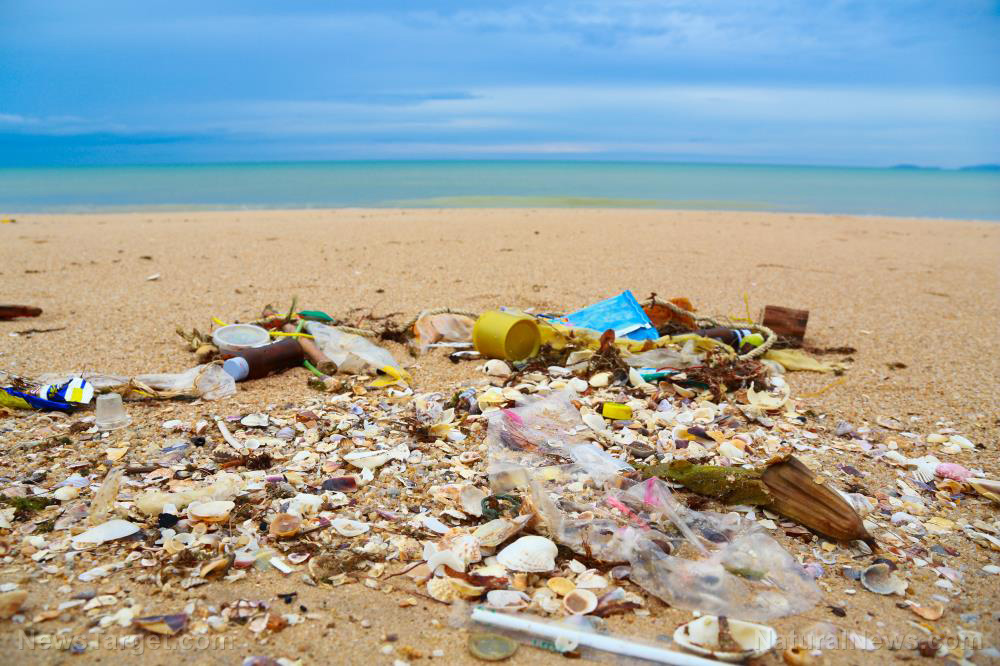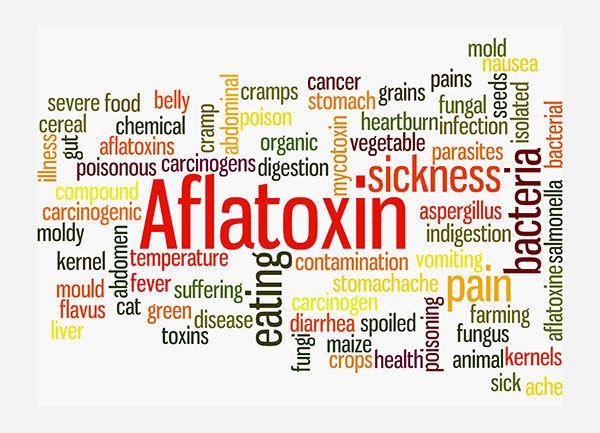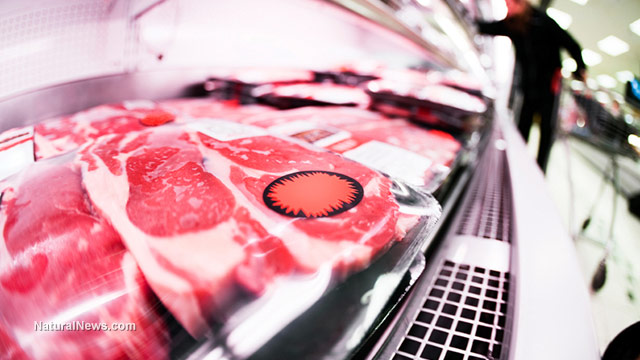
Advertisement
Experts predict that there will be more plastic in the oceans than fish within the next century — a serious problem, considering there’s still a lot to be explored in their depths. The adverse effects of plastic pollution have been the subject of many studies, but according to marine scientists from the National University of Singapore, their impact reaches even higher up the food chain. In their study published in the journal Science of the Total Environment, they revealed that the microplastics that pollute the ocean harbor microbial communities, including potentially pathogenic ones.
“Microplastics form a large proportion of plastic pollution in marine environments. Marine organisms may consume bits of microplastics unintentionally, and this could lead to the accumulation and subsequent transfer of marine pathogens in the food chain,” explained Dr. Sandric Leong, a fellow at the NUS Tropical Marine Science Institute and the lead researcher of the study. “Hence, understanding the distribution of microplastics and identifying the organisms attached to them are crucial steps in managing the plastic pollution on a national and global scale.”
Microplastics are a packed house
The NUS team conducted a six-month field survey and collected microplastic samples along the coastline of Singapore. To determine the relationship between human activity and the microplastic abundance, the team collected samples frpm three types of beaches: a pristine beach on a secluded island (Lazarus Island), a beach located in a seaside park (Sembawang Beach), and a densely populated beach beside the jetty of a sailing club (Changi Beach). After testing the samples, the team found over 400 different types of bacteria across all the areas where microplastics were collected. Some of the bacterial strains found include:
- Vibrio ?uvialis – This pathogen can be found in coastal areas, where it causes diarrhea outbreaks. Earlier studies have reported that this bacterial strain is an emerging pathogen, given its ability to survive in seawater for extended periods and its reported antibiotic resistance. In the current study, V. fluvialis was present at all sites.
- Pseudomonas – This bacteria, found widely in the environment, is known to cause severe infections in people with weak immune systems. People infected with Pseudomonas experience respiratory problems, which can lead to severe blood and eye infections.
- Photobacterium rosenbergii – Often associated with coral bleaching and diseases, P. rosenbergii was first identified in bleached corals in Australia. In the study, the researchers noted that the presence of this bacteria could spell trouble if left unchecked, as Singapore is home to many coral reefs bustling with high biodiversity.
- Vibrio – The researchers reported that while Vibrio bacteria weren’t dominant, these microbes were still present in all the beaches they took samples from. Scientists have found certain species of Vibrio to be toxic to marine life, including brine shrimp and the black tiger prawn. Vibrio bacteria can also infect wounds in humans, and this infection is often life-threatening.
- Arcobacter – The bacteria was the dominant genus among the samples collected from Lazarus Island. Some Arcobacter bacteria are pathogenic and can cause gastrointestinal diseases.
Despite the presence of putatively toxic bacteria in the samples, the researchers also found some species that can be used to combat plastic pollution. Erythrobacter, the dominant genus in densely populated Changi Beach, can degrade plastics, while Pseudomonas veronii is used for cleaning up oil spills, thanks to its ability to degrade harmful compounds like toluene and benzene. For co-researcher Emily Curren, who is also a doctorate student at NUS, the presence of these beneficial bacteria is promising in the fight against plastic pollution.
“Given the predicted increase in plastic waste contamination in oceans, the discovery of such bacteria provides important nature-friendly alternatives for the mitigation of plastic pollution and toxic pollutants such as hydrocarbons,” she added.
The study demonstrated that despite microplastics being less than 5 millimeters long, they could be home to diverse bacterial communities — some beneficial and some toxic. Further studies, according to the team, will look at where these bacteria come from and how they end up in the microplastics.
Are you eating your plastics?
The NUS study primarily focuses on the bacterial community found in each piece of microplastic. However, it’s worth noting that these bits of plastic don’t just remain in the oceans — often, they find their way into the creatures that live in those waters, and ultimately, onto dinner tables. Many factors come into play when it comes to how plastics end up in food — sunlight, bacteria, wave motion, and seasonal changes are some of the processes that affect degradation. These factors, collectively called weathering, not only lead to the breakdown of plastics, they also impact how plastics are distributed and ingested by marine animals.
“Microplastics can get stuck in the gills, mouth, stomachs and the digestive system, making it hard for fish to breathe and eat,” explained Hans Peter Arp, a principal engineer at the Norwegian Geotechnical Institute.
Arp, together with his international team, is conducting tests as part of their research to understand the distribution and influence of microplastics in the oceans. The project, called WEATHER-MIC, aims to improve environmental risk assessment, especially when it comes to microplastics. In particular, the project will study how microplastics affect oceans over time and the risk they pose to the ecosystem and the environment.
So, how much of these bacteria-laden microplastics make their way onto dinner plates? The estimates may vary, but experts agree that people are still exposed to microplastics from seafood to some degree. In Europe, a portion of consumer-grade mussels may contain around 90 pieces of microplastics, while a serving of canned fish can have up to five microplastics a portion. Sea salt, often touted as healthier than table salt, fares worse. Getting the recommended daily sodium intake from sea salt means eating at least three microplastics (of course, a lot of people eat more than the recommended amount).
These figures may look grim; that is, until you find out that bottled water has anywhere between two to 44 microplastics per liter. On average, a person can be exposed to double the amount considering we should all drink at least two liters of water a day, say health experts.
These days, plastic might feel like an invasive species, especially in our waters. Fortunately, there are many ways to reduce plastic use or, even better, replace it with more sustainable options.
Remember, when it comes to plastic pollution: Out of sight should never be out of mind.
Sources include:
Advertisements







